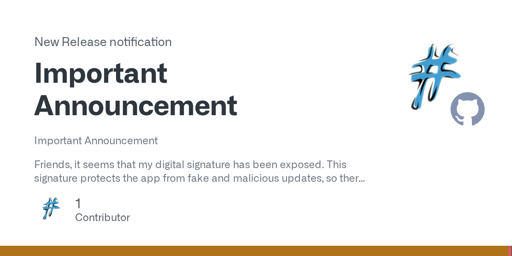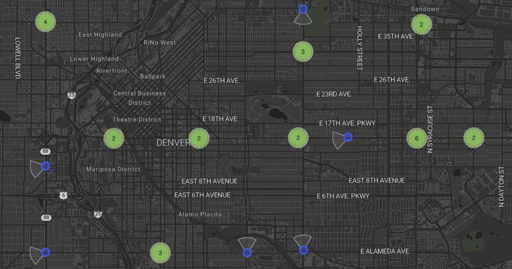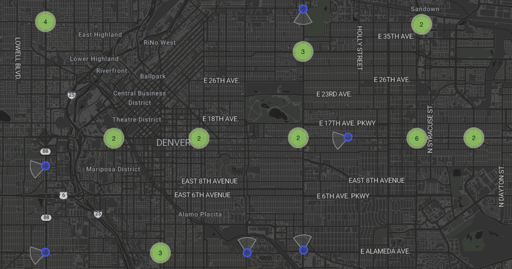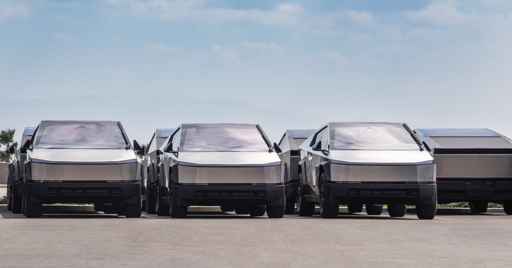

If you end up owning a home (or have parents that own one and won’t be able to manage in their old age), general home maintenance and repair skills can save a fuck ton of money. Things like learning how to do drywall repair or replacement, fixing pipe leaks, or framing (if you’re feeling a little extra) can go a long way. I learned electrical as well, but I’m hesitant to recommend this one unless you know what you’re doing (you can burn down your house, or worse, die).
I did a bathroom remodel that would have cost a fortune to have contractors come in, as it required drywall, plumbing, and electrical. Labor costs have skyrocked in my area, it probably would’ve cost me over $15k if I hired out. In the end, I probably paid a few thousand dollars along with a large portion of my hairline.





















I know it works with Home Assistant and doesn’t work with gadgetbridge (as far as I can tell). My hope is that eventually Gadgetbridge will be able to send my health stats (through Health connect) to my HA install.